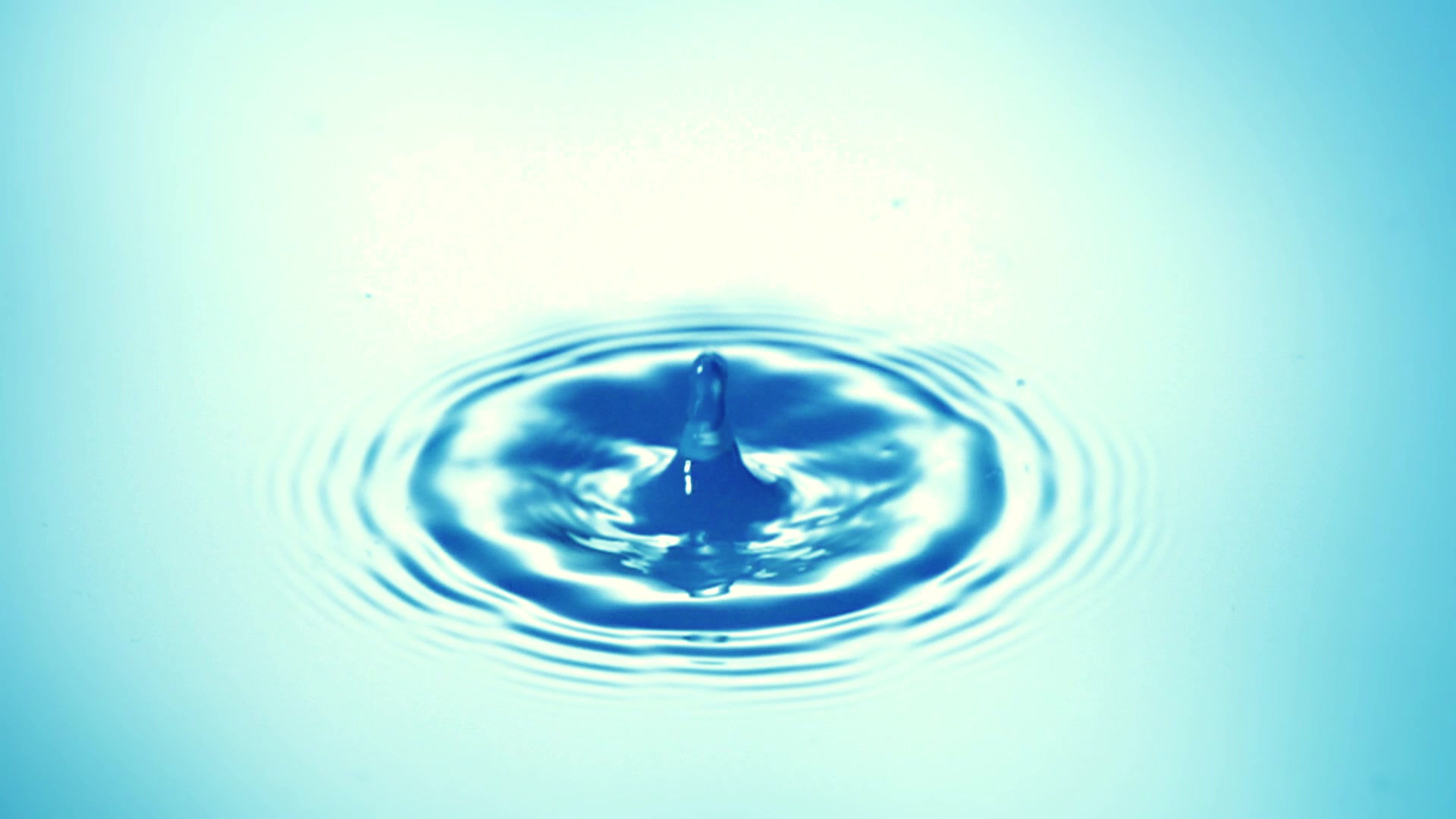
Your coffee, tea and food cooked in water will also taste more delicious.
What is Reverse Osmosis Purification?
In 1959, two researchers at UCLA, succeeded in producing a functional synthetic RO membrane from cellulose acetate polymer. In their tests, high solute water was pressure forced through the engineered membrane which acted as a filter that allowed only water molecules to pass through. The process produced purified, drinkable water. The membrane was also durable and could operate under normal water pressure operating conditions. Since this new technology worked in reverse of the natural osmotic process, it soon became known as reverse osmosis.
Amount of Water to be Treated
Where smaller volumes of purified water are needed, RO is typically the most flexible and cost efficient treatment process available for private home use.
POU or ‘Point Of Use’ devices that treat small volumes of water are often placed under a sink for convenience and can supply one or two small faucets.
POE or ‘Point-Of-Entry’ can purify all the homes water are commonly called “whole house” systems.
Contaminants and RO Treatment
Some contaminants, such as radon, pesticides, herbicides and some volatile organic chemicals are not safe at any level in your home's drinking water.
Other contaminants, such as arsenic, beryllium, fluoride, radium/uranium, iron/manganese, hydrogen sulfide, sodium/chloride, or pharmaceuticals that can be found - should be reduced at a minimum, or completely eliminated from your home water.
If contaminants are high, or of a type that can be absorbed through the skin, a whole house 'point of entry' (POE) treatment might be appropriate.
With lesser levels protecting the drinking and cooking water supply is sufficient. The water you drink and use in food preparation should always be a pure as possible.
The RO Treatment Device
An 'RO' device typically consists of a membrane filter with other “pre” and “post” filters.
Operationally, an RO device functions as follows.
Raw water from the source is fed first through a sediment filter which removes larger particles. A carbon block filter then removes finer particles and chlorine. This pre-filtered water goes through membrane filter which removes particles as small as 3 microns. From the membrane this purified water accumulates in a small water storage tank on the “treated water” side of the device. This your pure water. It is called permeate water and with up to 99 percent of its impurities removed.
Impurities remain on raw water side of the membrane. This is the reject, or waste water, which is discharged from the device as the device produces purified water. Typically this water can be discharged to a sewage line, leach field, or dry well. The reject water has a higher concentration of contaminants than the raw water. This waste water can be a concern in some arid areas with water shortage.
Pre and Post Activated Carbon Filters
We have already mentioned the importance of a sediment pre-filter before the RO unit. After the RO unit, the water conditioning industry normally advocates the installation of an activated carbon filter. The activated carbon targets taste and odor constituents that have escape prior treatment.
Efficiency of the RO Process
The amount of water wasted in the “under-the-sink” size is generally in small amounts. The most efficient units will use 2 gal. of raw water to make 1 gal. of pure water. This is a 2:1 ratio. Less efficient unit might use as much as 5 gal. of raw water to make 1 gal. of pure water, or 5:1.
Water Quality Constraints for RO Devices
RO treatment can be negatively affected by some common water quality factors.
Turbidity (cloudiness)
To accomplish separation of water from contaminants, the passageways in the membrane must be very small. Thus these membranes are very sensitive to clogging by some small solid particles. Where there are any particles in the raw water, a sediment pre-filter must be installed. Sediment cartridge filters are so inexpensive that it is normally good practice to installed a sediment pre-filter before all RO units, regardless of the solids content of the raw water.
Where waters are very clear, the pre-filter size chosen is typically 5 microns. Where the raw water has more solids, the 5 micron filter could be preceded by a filter of larger pore size, approximately 25 or 50 microns.
Iron & Manganese
These naturally occurring contaminants often create particles which will clog RO membranes. A particle filter is critical where iron or manganese concentrations are high.
Hydrogen Sulfide
This material can create a gelatinous coating on the membrane. This may limit the life of an RO cartridge. Where hydrogen sulfide is high, other pre-treatments may also be necessary.
Chlorine
Some RO membranes, called thin film composite (TFC), will be damaged by the presence of chlorine or other strong oxidizing compounds. Either a chlorine resistance membrane, such as cellose acetate (CA) must be used, or the chemical injection point for the chlorine should be placed after the RO unit.
Pure Drinking Water
When Water Tastes Clean and Pure you will Drink More. . . .






